Climate change litigation in Africa: Current status and future developments
Climate change litigation is increasing steadily worldwide, although few cases have been filed yet in Africa.

By Mukund Dhar, Africa Interest Group Leader
Our seventh edition of Africa Focus focuses on the potential for transformative changes within Africa during a time of historic global transition—not just from a COVID-19 to post-COVID-19 world, but against the backdrop of the United Nations Climate Change Conference COP26 in Glasgow, Scotland.
Issues around balancing greenhouse gas emissions against the development and use of natural resources as Africa industrializes and seeks to overcome roadblocks and challenges to growth and climate change-related challenges and vulnerabilities against GDP growth and increasing prosperity will be seen increasingly across sectors, industries and geographies in Africa. These discussions are already defining the way in which governments, investors, lenders, communities and other stakeholders view opportunities and investments in Africa and will do so more directly and more frequently in the coming years.
What does this mean for the world of business? Litigation related to climate change, a now well-established trend in Europe and North America, seems to have reached Africa, too. In "Climate change litigation in Africa: Current status and future developments," we outline signature cases and examine climate-related matters that might trigger challenges and disputes across Africa.
Equally, we all recognize that there are increasing investment opportunities when it comes to renewable energy. Seven of the ten sunniest countries in the world are in Africa, and wind power is no longer a novel feature in the increasingly sophisticated energy landscape in Africa. In "Renewable energy in Africa: Update in the era of climate change," we explore the significant opportunities for wind, geothermal and hydropower, too.
US foreign policy toward Africa has undergone significant shifts under the Biden administration. In "US government agencies focus on Africa," on the continent and their focus and how that ties in with both energy transition and renewable energy. In "Debt: Outlook for Africa brightens after challenging first half to the year," we discuss recent successful loan and bond issuances by African borrowers, investor resilience and lender interest in high-quality credits throughout the region.
Africa is experiencing a boom in M&A. In "M&A transaction terms: Comparing Africa to Europe," we contrast terms that typically apply to African M&A transactions, with those in Europe. And "African M&A stages a comeback" explores how African transactions appear to be highlighting a renewed sense of confidence among dealmakers. Acquisition and divestment strategies in Africa have become highly sophisticated. As a case study, "Acquisition financing in an era of energy transition" describes the January 2021 sale of a 45 percent stake in Nigerian Oil Mining Lease 17 (OML 17) and related infrastructure assets, using an innovative, first-of-its-kind hybrid financing structure.
Finally, "Southern Africa's PGMs are on the rise" explains how platinum group metals (PGMs) are increasing in southern Africa mining, on the back of demand for net-zero and the green economy.
Climate change litigation is increasing steadily worldwide, although few cases have been filed yet in Africa.
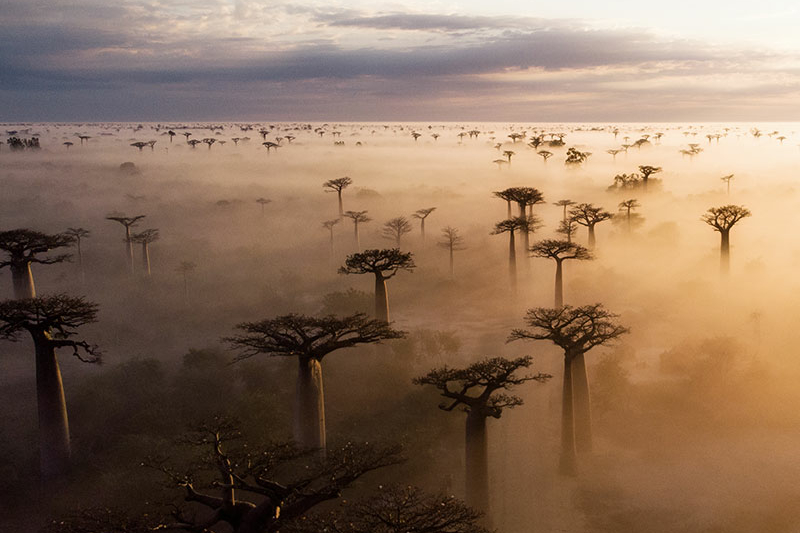
Africa offers vast potential for renewable energy deployment and investments.
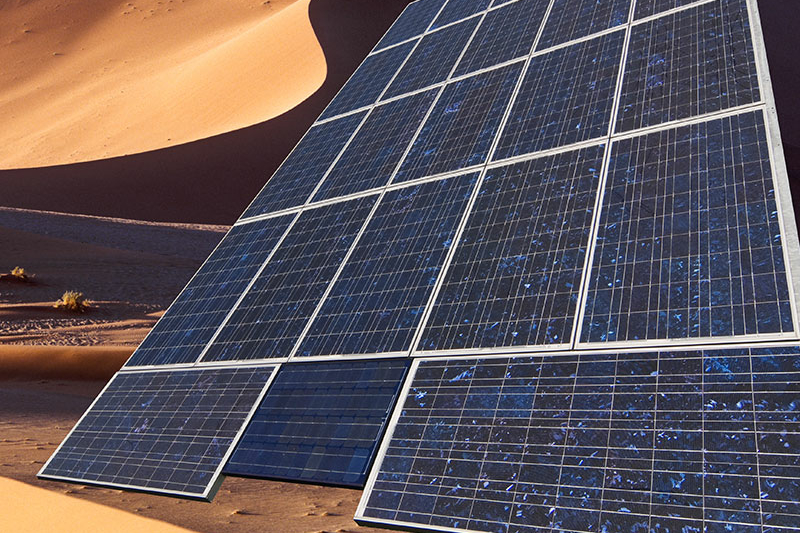
Significant differences exist between terms that typically apply in M&A transactions in Africa and Europe.
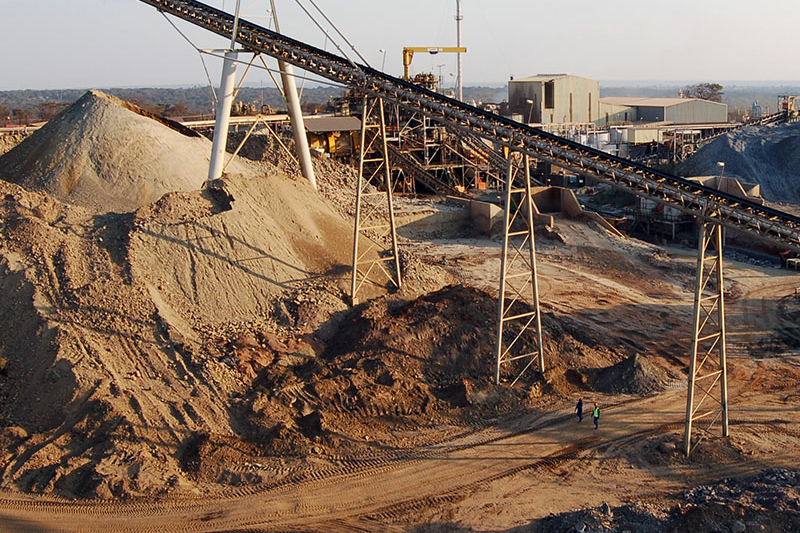
H1 2021 dealmaking within the continent appears to be turning a corner.
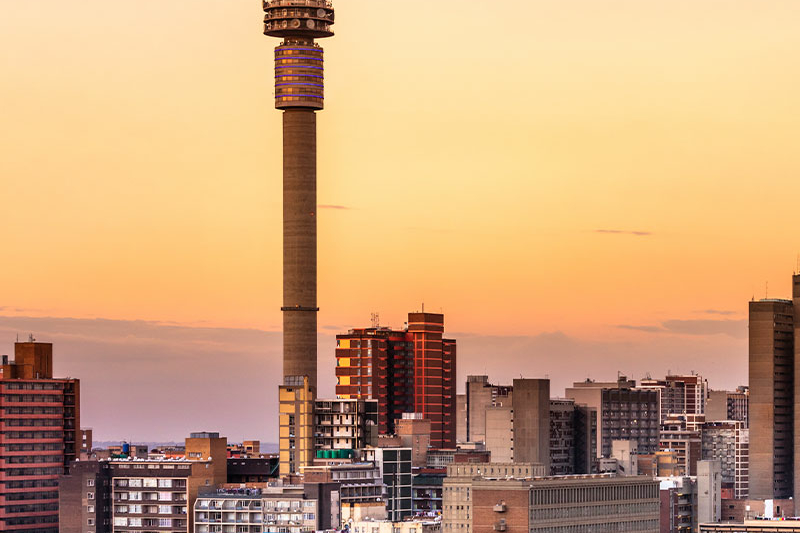
Africa is a priority for several Biden administration agencies working in development finance.
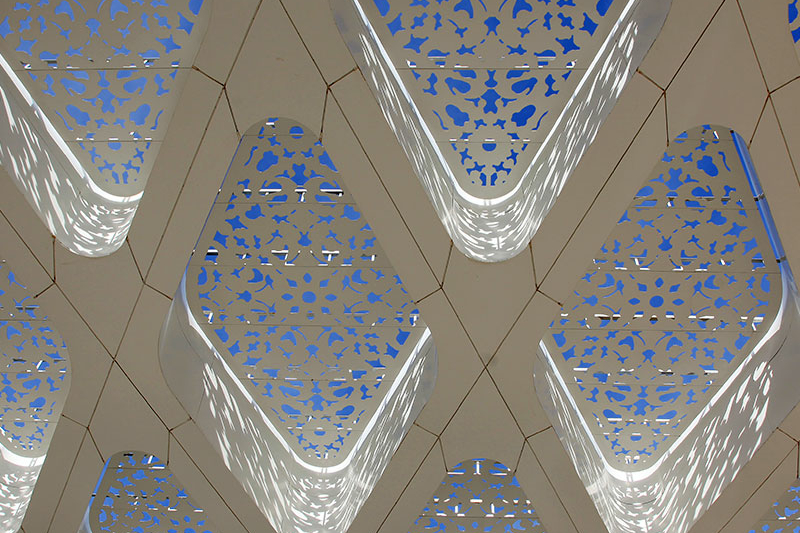
Lender caution following Zambia's debt repayment default in 2020 has weighed on African debt issuance, but successful raisings by high profile borrowers show that investor appetite remains resilient.
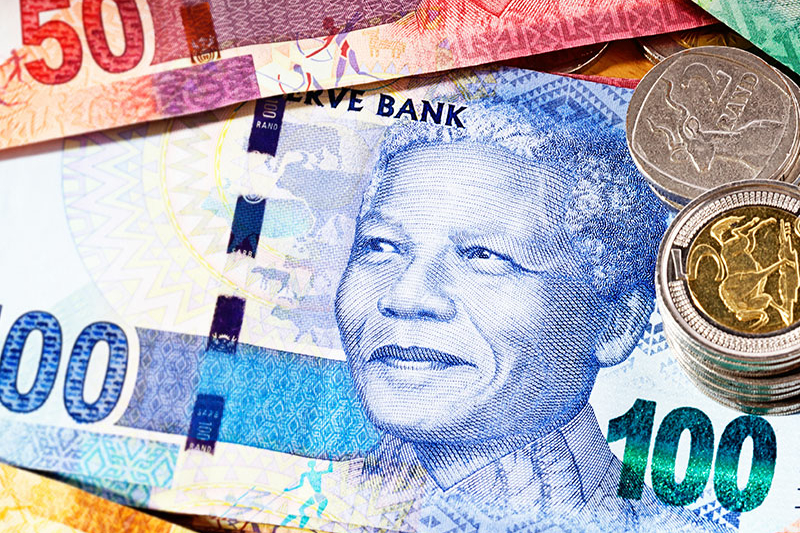
An innovative, first-of-its-kind hybrid acquisition financing in Nigeria.
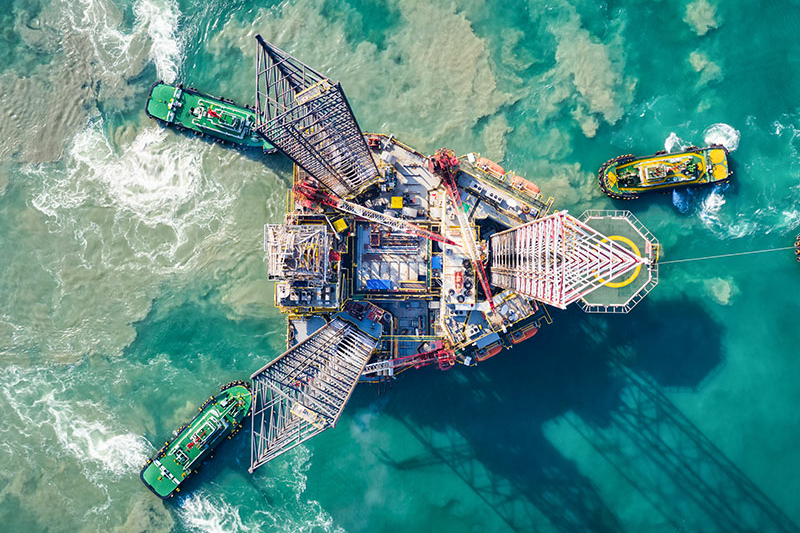
PGMs are helping Southern African mining remain relevant and contributing to a global clean and green transition.
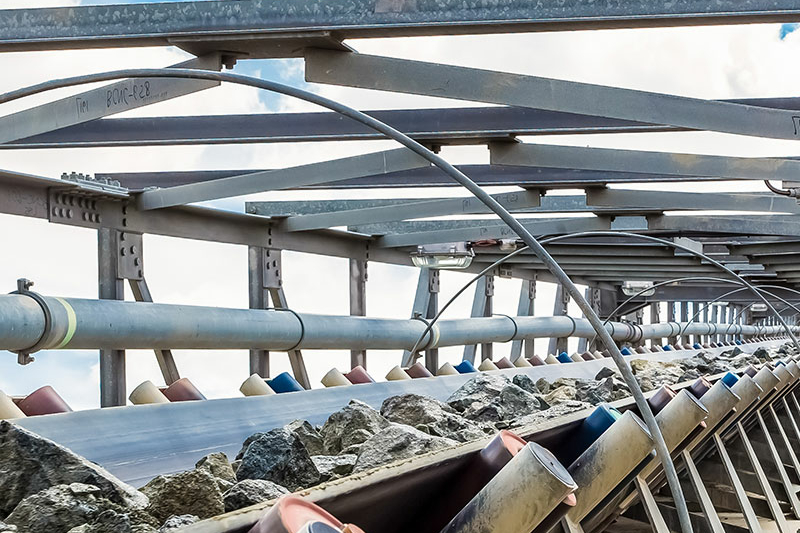
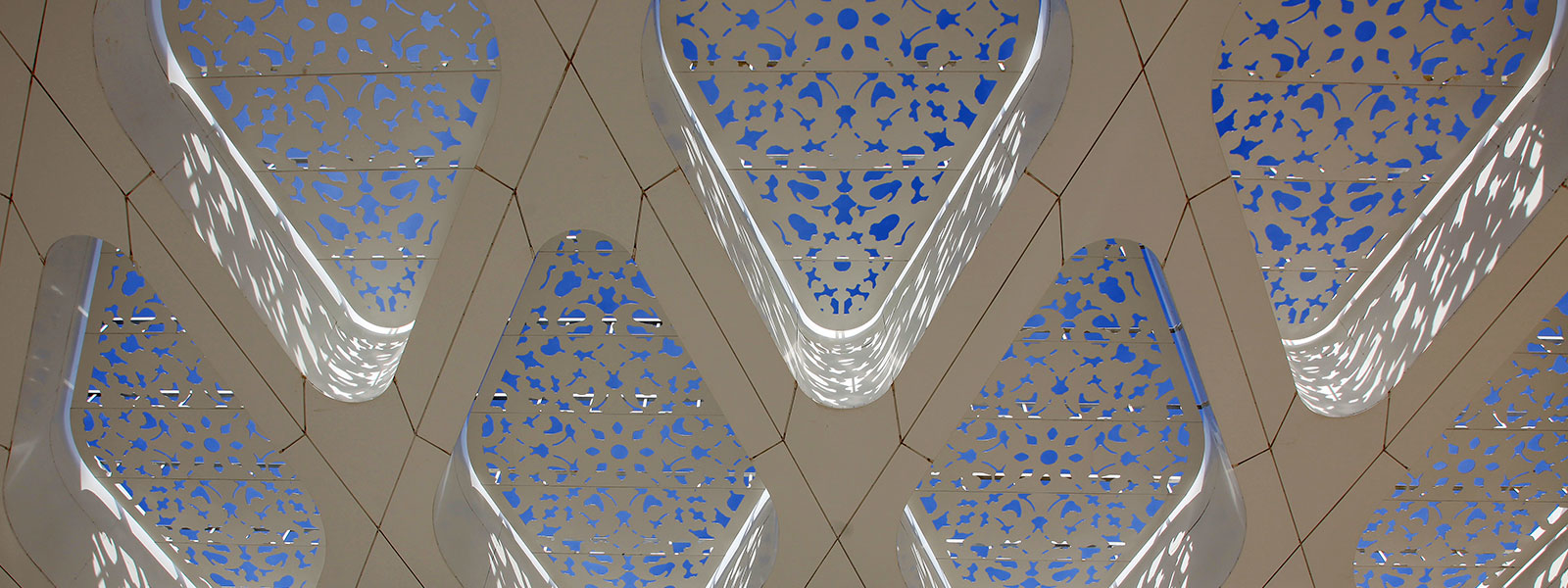
Africa is a priority for several Biden administration agencies working in development finance
Subscribe to receive Africa Focus
This article examines recent initiatives by US government agencies to strengthen their presence in African markets.
A broad array of US agencies actively support the development and financing of large energy and infrastructure projects in Africa (see Table 1). This article focuses on the United States International Development Finance Corporation (DFC), the US lead development finance agency, and the Export-Import Bank of the United States (EXIM), the US lead export credit agency, in supporting private sector investment in Africa.
Africa is a leading priority for a number of different US government agencies working in development finance.
Africa is a priority for a number of different US government agencies working in development finance. In particular, DFC and EXIM have undertaken various initiatives to build their presence and offerings in Africa.
As of the end of 2020, DFC had invested approximately US$8 billion (approximately 25 percent of its total portfolio) across more than 300 projects on the continent. These investments include building critical infrastructure; expanding access to healthcare, energy and technology; and advancing financial inclusion, particularly for small businesses and women entrepreneurs. Africa is also the focus of multiple DFC initiatives, including Connect Africa, 2X Africa and the Health and Prosperity Initiative.
In the past two years, DFC's deal-making capabilities in Africa have improved in multiple ways:
As a result, Africa is the focus of multiple DFC initiatives, including:
Connect Africa – Through Connect Africa, DFC seeks to invest US$1 billion to strengthen connectivity to further Africa's integration with the global economy. Areas of focus include telecommunications and internet access,3 value chains that connect producers of raw materials with end-users and essential infrastructure such as roads, railways, ports and airports.4 One notable project is a recent US$100 million loan to Africell to increase mobile phone and internet service in the Gambia, Sierra Leone, Uganda and the Democratic Republic of the Congo.5
2X Africa – DFC seeks to catalyze US$1 billion of investment in projects that are owned by, led by or provide a product or service that empowers African women.6 Notable projects include loans that help small-holder farmers (more than half of whom are women) improve their yields, insure their crops, bring products to market and increase resilience in the face of climate change and the COVID-19 crisis.
Health and Prosperity Initiative – Through its Health and Prosperity Initiative, the agency is working to invest US$2 billion worldwide in projects that bolster health systems, support infrastructure development and expand access to clean water, sanitation and nutrition.7 Examples include a US$781,000 guarantee for Embu Water and Sanitation to improve the water supply for 100 schools, 15 clinics and 50,000 people in rural Kenya,8 a US$5 million loan for dialysis centers across East Africa,9 loans for entrepreneurial companies supporting innovations in vaccine distribution10 and multi-lender-supported facilities to support medicine production.
EXIM is the export credit agency (ECA) for the United States. Its mission is to support US jobs by financing the export of goods and services from the US to international markets.
During 2009 – 2019, EXIM supported US$12.4 billion of transactions to sub-Saharan Africa,11 and the region is home to EXIM's largest commitment to date. Moreover, EXIM is a long-time player in Africa, with experience dating back to the 1940s. The agency is currently open for business in 44 of the 49 countries across sub-Saharan Africa. Its products include export credit insurance, working capital loans and term loans.
Promptly following its re-authorization, EXIM approved two prominent deals in Africa.
In March 2020, it approved a US$91.5 million transaction for electrification in Senegal.12 Two months later, the agency approved its largest transaction to date: a US$4.7 billion credit (direct loan) supporting exports of US goods and services with more than 60 US suppliers to assist the development and construction of an integrated liquefied natural gas project on the Afungi Peninsula in northern Mozambique.13 EXIM made its commitment alongside those from almost 20 other ECAs and DFIs, which offered an aggregate of US$16 billion in loans.
Africa also is a key to EXIM's program on Transformational Exports, which was established by law in December 2019 and provides the agency with tools to help US exporters compete more effectively with Chinese exporters.14 The program's aim is to support US innovation, employment and technological standards globally in ten transformational export industries, including artificial intelligence, 5G, quantum computing, biomedical sciences, biotechnology and renewable energy. The law charges EXIM with a goal of reserving at least 20 percent of the agency's total financing authority (i.e., US$27 billion out of a total US$135 billion) for support made pursuant to the program. In announcing the Mozambique transaction described above, EXIM noted that this type of support was important to help counter Chinese and Russian influence in Africa.15
This program shows great promise. Its realization will require some adjustments though, notably a re-thinking of US content requirements that make it hard to support high-tech solutions, the value of which includes globally sourced computer code and know-how.
Cloud computing, mobile payment solutions and similar technologies have great potential in Africa, as do technological advancements in energy storage and smart infrastructure. But it can be difficult to properly value the role of US content in many of these projects. EXIM staff have been actively reviewing the agency's policies in this area, but they do not yet have high-level political appointees or board members in place, and bold action seems likely to take place only once those milestones are achieved.
Another challenge for EXIM is to source deals without a presence on the ground on the African continent.
The agency overcomes this challenge by working closely with staff in US embassies, and EXIM plays a leading role in whole-of-government initiatives, including Prosper Africa and Power Africa. The agency also benefits from guidance from a sub-Saharan Africa Advisory Committee, made up of government and industry representatives with extensive experience in Africa.16 This committee meets two times a year to examine EXIM's programs and policies designed to support the bank's engagement in sub-Saharan Africa.
Given the considerable changes taking place in US politics, it can seem as if every federal agency's outlook is bound to change significantly from one presidential administration to another. This would present a challenge for securing funding from US agencies for infrastructure in Africa, since it takes a good deal of time to develop any project.17
Fortunately, both DFC and EXIM have shown continuity in their focus on African deals, with a gradual building of momentum and improvement in inter-agency coordination from one recent administration to another.
In particular, the Prosper Africa initiative during the end of President Trump's term built on, and did not supplant or replace the Power Africa initiative started under the Obama Administration. And all signs point to the Biden administration's continued support for the principles underlying both of these programs and to the goal of better aligning various US agencies—including DFC, EXIM, USAID, the MCC, the USTDA and others—to address challenges in the region. Moreover, these agencies have demonstrated that they are reliable partners in closing commitments that originated during a different prior administration.
This trend continues today.
The Biden administration's focus on climate change has ambitious goals, including DFC achieving net- zero by 2040. Unlike some peer DFIs and ECAs in Europe, both DFC and EXIM will likely continue supporting some carbon-intensive projects, while seeking to increase investments in renewable energy and climate resilience. Recent statements from DFC's Chief Operating Officer suggest that the agency will continue to support, on a selective basis, highly developmental, high-quality fossil fuel-based projects through 2030, mostly in Africa. He also stated:
"Sub-Saharan Africa is not part of the climate problem. If you take the entire sub-Saharan African region, and you tripled electricity consumption tomorrow, and all 100 percent of that came from natural gas, sub-Saharan Africa would only contribute 1.2 percent of global carbon emissions. ….gamers in California consume more electricity in a year than the entire country of Ethiopia consumes in a year."18
This approach can be compatible with the International Energy Agency's much-heralded recent advice on the narrow path to net-zero,19 although it is not easy. This approach requires hard work. For example, calculating expected emissions over the future life of legacy projects as well as new ones can leave the agencies open to criticism from both ends of the political spectrum.
Still, this balanced approach, coupled with the gradual building of momentum across multiple administrations toward investing in Africa, suggests that US agencies may play more of an active role in promoting industrial growth in Africa across a broader range of sectors than they did historically.
Development finance institutions (DFIs) and export credit agencies (ECAs) are "soft power" tools of global influence with differing missions.
A DFI's goal is to support economic development in countries that face challenges. Their results are evaluated not only on their ability of investments to return capital but also on the way in which the investments strengthen the target country's economy.
An ECA's goal is to support job growth in the agency's home country by providing financing support for exports (in this case exports into Africa). In 2020, ECAs provided US$35.3 billion in overall lending for projects in Africa.
Notably, both DFI and ECA financing in Africa have increased financing for water and sanitation, healthcare and hospitals, and green loans.
1 https://www.usaid.gov/powerafrica
2 COO David Marchick discussed this program in his April 23, 2021 debrief with the Center for Global Development. https://www.cgdev.org/event/elevating-dfcs-climate-ambition-debrief-coo-david-marchick
3 Investments in mobile connectivity have important follow-on effects (see, e.g. http://documents1.worldbank.org/curated/en/178701467988875888/pdf/102955-WP-Box394845B-PUBLIC-WDR16-BP-Exploring-the-Relationship-between-Broadband-and-Economic-Growth-Minges.pdf) and this is particularly true in Africa, where mobile payments solutions have increased financial inclusion but availability is uneven and still out of reach in some of Africa’s poorest countries and communities. See, e.g., https://www.bcg.com/publications/2020/five-strategies-for-mobile-payment-banking-in-africa (approximately 400 million consumers in sub-Saharan Africa use mobile payment banking systems to handle US$300 billion worth of mobile money transactions)
4 https://www.dfc.gov/our-work/connect-africa
5 https://www.dfc.gov/investment-story/expanding-mobile-connectivity-sub-saharan-africa-0
6 https://www.dfc.gov/our-work/2x-womens-initiative
7 https://www.dfc.gov/our-work/health-and-prosperity
8 https://www.dfc.gov/investment-story/helping-kenyan-village-expand-access-clean-water
9 https://www.dfc.gov/media/press-releases/dfc-advances-covid-19-response-africa-5-million-investment-africa-healthcare
10 https://www.dfc.gov/investment-story/supporting-vaccine-distribution-remote-locations-developing-countries
11 For examples of projects supported, see, e.g., https://www.youtube.com/watch?v=tMZQRz3FF9g&list=PLpDj5ohdwYctbsdijjEq8DOZSzST63XtO&index=9 (Case Study – Africa: How the USG Helped an Illinois Small Business Succeed, US-EXIM Annual Conference September 2020)
12 https://www.exim.gov/news/exim-board-approves-915-million-export-financing-for-renewable-energy-rural-electrification
13 https://www.exim.gov/news/exim-board-unanimously-approves-amended-financing-exports-mozambique-lng-project-and-support
14 https://www.theafricareport.com/29796/US-EXIM-we-have-a-new-mandate-to-take-china-on-around-the-world/
15 https://investableuniverse.com/2020/10/19/exim-china-transformational-exports-5g-renewable-energy-belt-and-road/
16 https://www.exim.gov/news/exim-announces-members-2020-2021-exim-sub-saharan-africa-advisory-committee
17 Cf. Emphasis on the need for patience in discussion from Kyle Jackson of US-EXIM, minutes 41-43, Case Study – Africa: How the USG Helped an Illinois Small Business Succeed (US-EXIM Annual Conference September 2020) https://www.youtube.com/watch?v=tMZQRz3FF9g&list=PLpDj5ohdwYctbsdijjEq8DOZSzST63XtO&index=9
18 Elevating DFC’s Climate Ambition, Debrief by David Marchick, US DFC Chief Operating Officer, April 29, 2021, hosted by the Center for Global Development. https://www.cgdev.org/event/elevating-dfcs-climate-ambition-debrief-coo-david-marchick (remarks around minute 26).
19 https://www.cnbc.com/2021/05/18/stop-investing-in-fossil-fuels-to-meet-net-zero-targets-iea-says.html
White & Case means the international legal practice comprising White & Case LLP, a New York State registered limited liability partnership, White & Case LLP, a limited liability partnership incorporated under English law and all other affiliated partnerships, companies and entities.
This article is prepared for the general information of interested persons. It is not, and does not attempt to be, comprehensive in nature. Due to the general nature of its content, it should not be regarded as legal advice.
© 2021 White & Case LLP